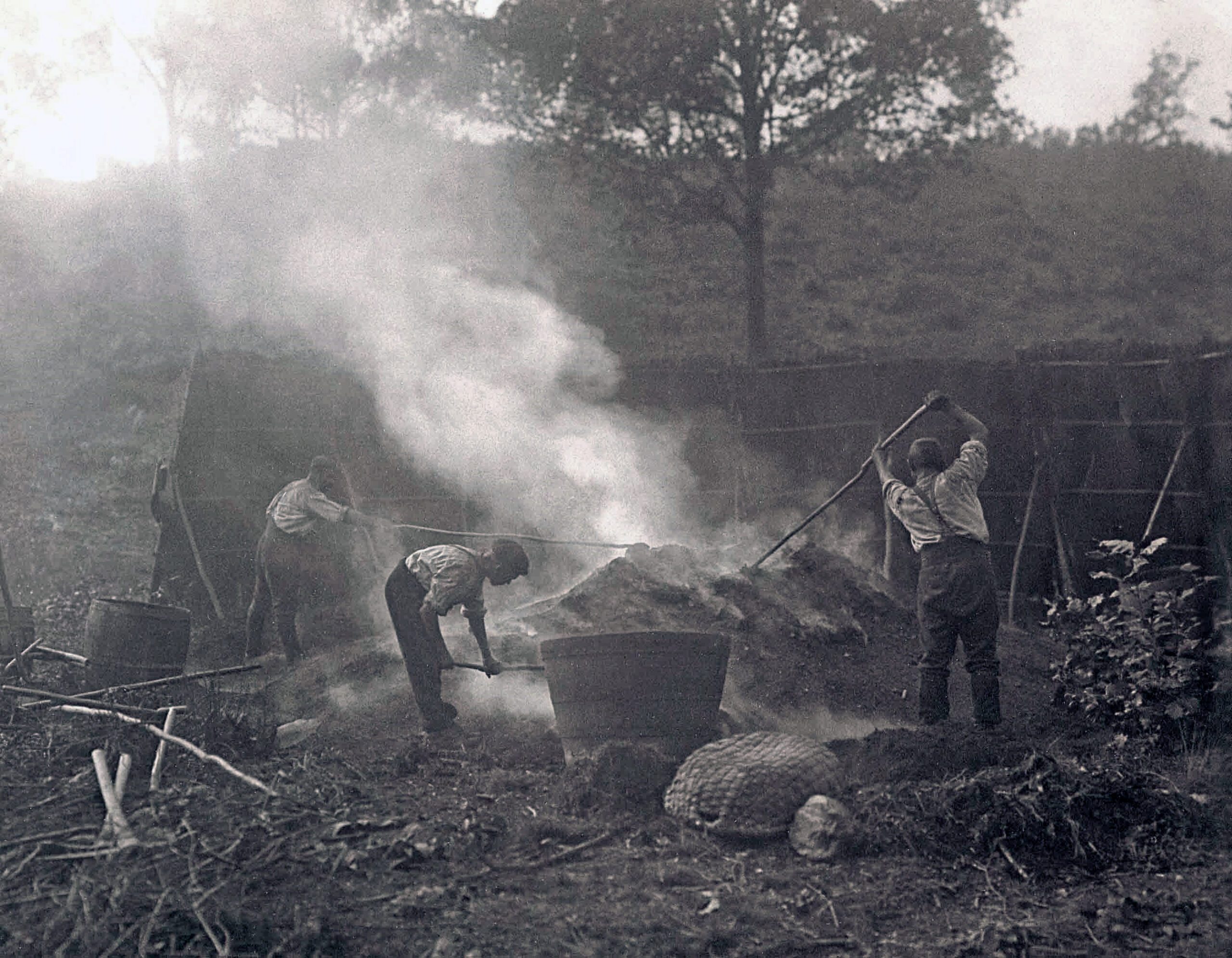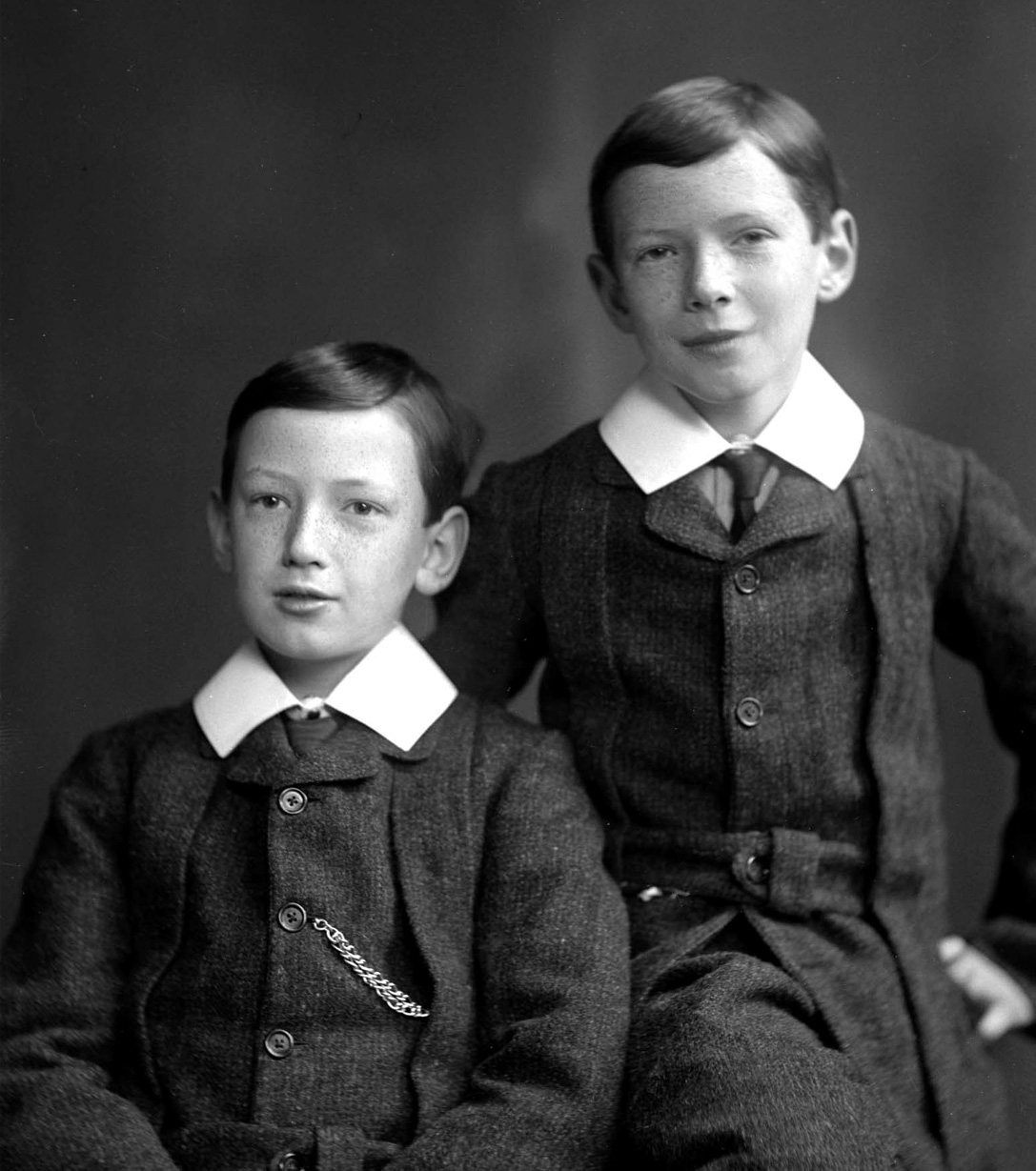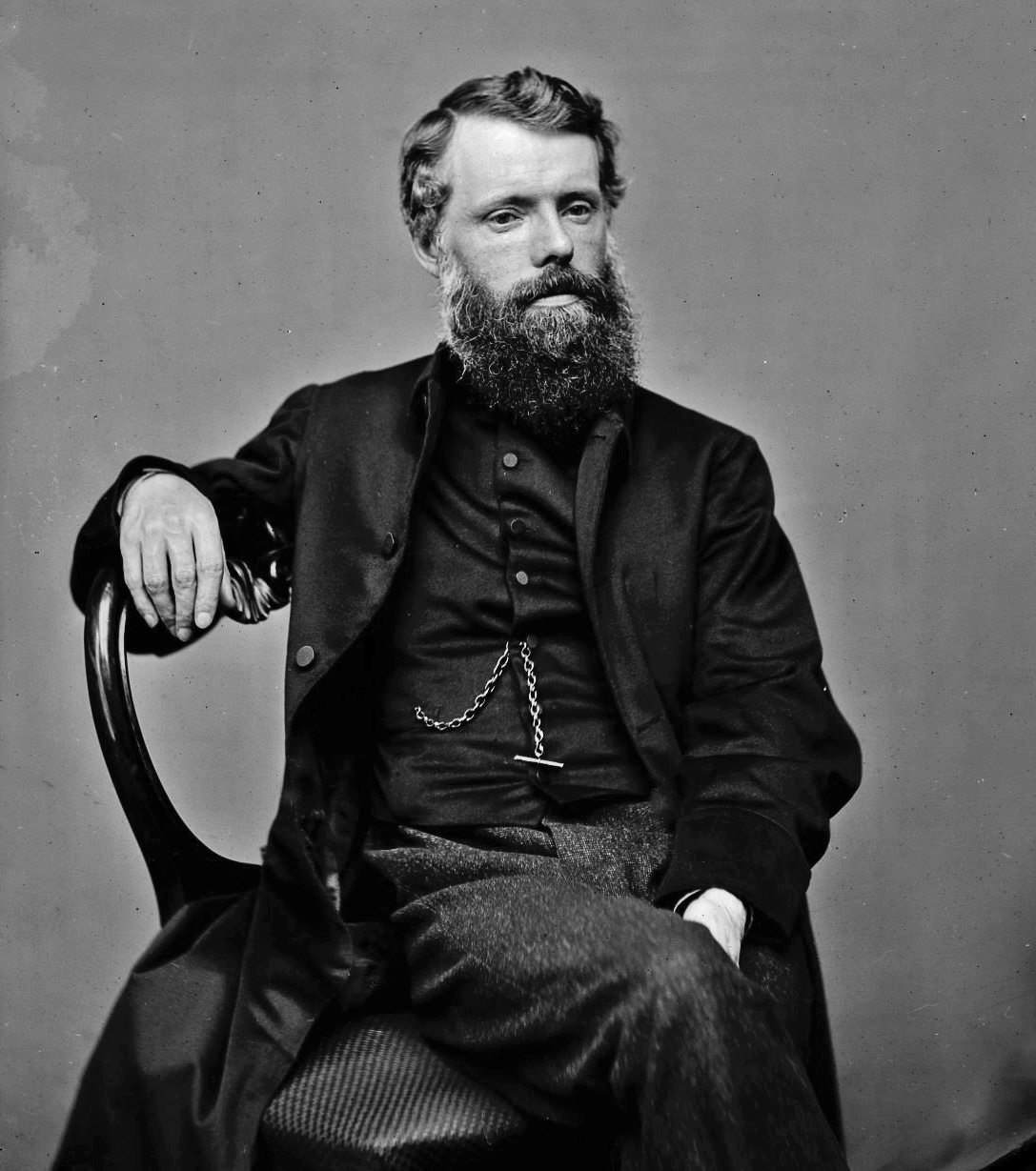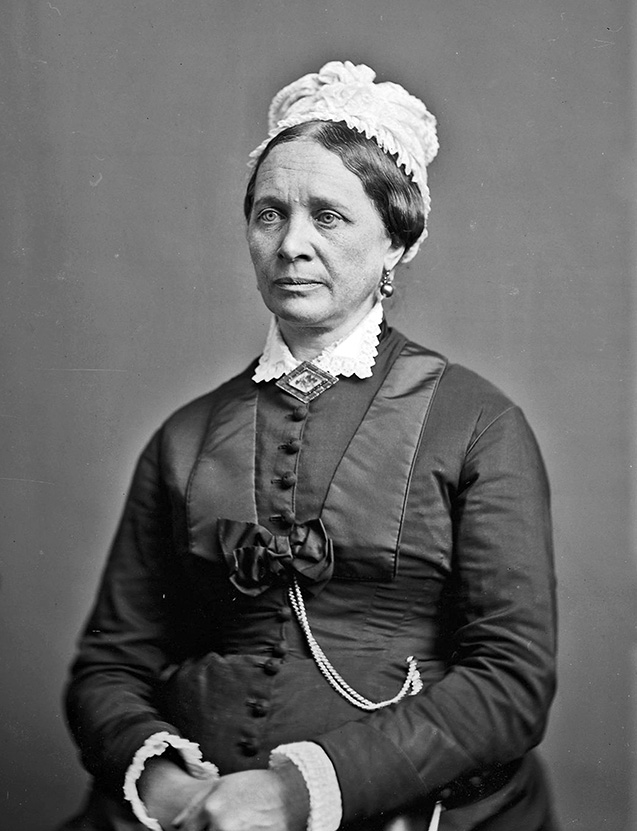capturing lakeland life
PHOTOGRAPHY
Brunskill • Charles Walmsley • Abraham Brothers • Moses Bowness and many more . . .
PHOTOGRAPHY
The Armitt holds a huge photography collection that exceeds over 32,000 individual items, such as photographs, glass plates and negatives.
Here, we detail a few of the outstanding archives. The Armitt’s collections and library are available for research and study. Please contact us for further information, or to book a research session on: info@armitt.com or call 015394 31212.
THE BRUNSKILL COLLECTION
Richard and John William Brunskill were born in Sedbergh. By the early 1860’s they had moved from Sedbergh to Kendal, and then to a studio in Bowness-on-Windermere.
The Brunskills took remarkable photographic portraits of locals and tourists during the Victorian period. On rare occasions, either by design or chance, the whole body of a competent studio’s work is preserved. Unique collections like this give an invaluable insight into the Victorian world and its inhabitants, as well as into the workings of an early photographic studio. The photographic portrait work of the Brunskill family of Sedbergh and Windermere is just such a case.
This period of photographic history demonstrates a revolution in artistic representation and social thinking. For the first time in history, people could look at and scrutinize a likeness of themselves and others. To those unused to the process, this must have been an unnerving experience!
On the surface, it seems that these images are no more than a representation of the personal and aspirational – the careful production of an ideal, such as the happy family, or the successful businessman. However, if we look deeper it is still possible to glimpse beyond the social façade to the reality of individual experience. These austerely evocative images are rich in detail and are yet still fleeting, retaining their power to astonish; they exude a powerful stillness that used to be common in photographic portraiture but is rare in the digital age.
There are some 17,000 Brunskill images in The Armitt‘s collection and it is fortunate that most survive with names attributed. Some are known local families, whereas others are tourists visiting the area on holiday. Perhaps there is a member of your family amongst the photographs!
THE ABRAHAM BROTHERS
Abraham is perhaps the name most famously associated with Victorian Lake District Photography. Several generations of the Abraham family were photographers, with George Perry Ashley Abraham the first to enter the industry. Born in 1844, he established a studio business based on the corner of Lake Road, Keswick, after an apprenticeship with Alfred Pettitt. His sons, however, eclipsed his reputation with their dramatic rock-climbing photography.
George Dixon Abraham (1870-1965) and Ashley Perry Abraham (1876-1951) grew up with the development of rock climbing as a popular sport for young men. They were two of the first to venture onto the crags with photographic equipment. Taking a Victorian camera onto the crags was a very different prospect to ordinary landscape photography. In dangerous and difficult conditions, laden with heavy equipment (often weighing over 20lbs), the Brothers would often be perched on a rocky outcrop or ledge, perilously close to disaster, in pursuit of a dramatic landscape shot or to capture a climber in action. The fascination for climbing led to a demand for increasingly dramatic images that had never been seen before. The Brothers climbed all terrains in all weathers to produce some of the most exciting photographs of the period.
Popularly known as the “Keswick Brothers”, Ashley went on to be the first president of the Fell and Rock Climbing Club of the English Lake District in 1907. Between them, they wrote many books about the Lake District, illustrated with their own fine views and climbing shots showing intricate details of the sport and the great skill of the early climbers. Succeeded in the business by Ashley’s son, the Abraham photographic business lasted for 101 years.
As well as a selection held by The Armitt, The Fell & Rock Climbing Club hold a large collection of the Abraham Brothers glass plate negatives.
MOSES BOWNESS
Moses Bowness (1833-1894) built arguably the largest photographic business in Westmorland in the late nineteenth century. He practised in Ambleside between 1856 and 1894, where he had many well-known sitters for his carte-de-visite photographs. Born into a copper miner’s family in Coniston, he was an example of the Victorian ideal of a ‘self-made man’ – someone with little education but great enterprise. At the age of 17, he was working as a farm labourer whilst his 11-year-old brother was at the mine with his father.
It is not known how he came to take up photography, but he must have been well established by 1857, because in May he went to nearby Grasmere to photograph the young Prince of Wales and his party on their tour of the Lakes. From then on he displayed “Photographer to HRH the Prince of Wales” on the reverse of his carte-de-visite.
A man of much energy, he achieved a great deal in his 61 years. His accomplishments included: building his own photographic establishment, a hotel and shops, and a farm with 500 acres of land; becoming Secretary to the Hawkshead Agricultural Society and Director of the new Gas Company; encouraging the tourist trade in Ambleside; exhibiting his photographs at the Photographic Society of London (which in 1894 became the Royal Photographic Society); giving evidence to the Ambleside Railway Enquiry; working to save Stock Ghyll; and writing poetry.
He died in 1894 after being thrown from his carriage near the Windermere ferry at Sawrey, and was buried in his father’s grave at Coniston. All that remains of Bowness’s legacy today is a wealth of carte-de-visite and cabinet cards, a collection of over 400 glass negatives now held in the Kendal Carnegie Library Collection, and a few entries in old gazetteers. For a while, he was forgotten.
CHARLES WALMSLEY
Charles Walmsley was born in Ambleside in 1862 and lived most of his life in Prospect Cottage. His working life was spent as a landscape photographer capturing images of the Lake District’s villages and fells. He began his career working as an apprentice with Moses Bowness of Ambleside who specialised in portrait work. Walmsley however preferred landscapes. Any portraits he did take were shot outside where possible, away from the artificial studio environment.
In 1894 he went into business with his brother, James, and set up premises on Rydal Road. James concentrated on portraits, whilst Charles developed techniques out of doors. Portraits, however, provided a steady income which allowed him to experiment more with landscape photography, particularly developing his use of ‘photogravure’ – a technique whereby an image is formed on a metal plate by a series of tiny holes. Through this technique, Walmsley was able to produce prints quickly and cheaply. From this, his reputation developed, and he began selling his work in larger British cities. He even reached America where President Woodrow Wilson had a wall in the White House devoted entirely to Walmsley’s work. Walmsley won many prizes for his work and his most famous picture today is possibly ‘The Shepherd’, which was insured for the great sum of £1,000 and evoked the nostalgia of a Lakeland life now gone.
Walmsley was said to be a gentle, unassuming man, a staunch Methodist and a member of the Band of Hope. He was also a keen fisherman and book collector. He retired in 1929 as a familiar and respected figure and died in 1941 after a short illness in Prospect Cottage.






